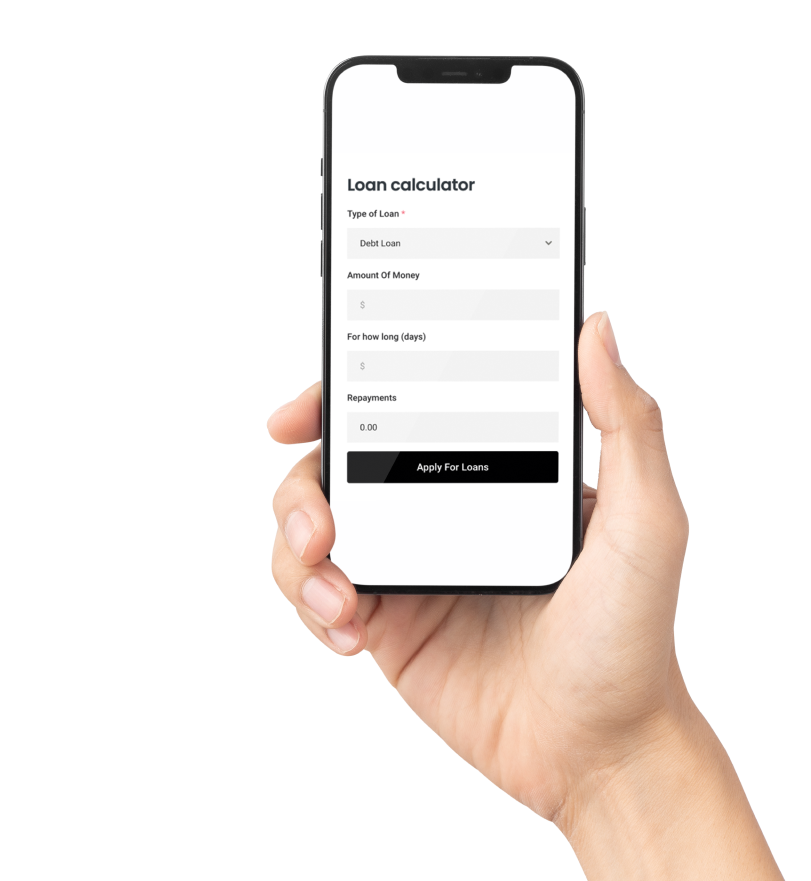In the realm of finance, the term “balloon payment” often arises in discussions surrounding loans and mortgages. While it may sound whimsical, a balloon payment is a serious financial concept that borrowers should fully understand before entering into any loan agreement. Let’s delve into what balloon payments are, how they work, and what implications they carry for borrowers.
What is a Balloon Payment?
A balloon payment is a large, lump-sum payment that is due at the end of a loan term. Unlike traditional instalment loans, where borrowers make regular, equal payments over the loan’s duration, a balloon payment defers a significant portion of the principal amount until the end of the loan term. This results in lower monthly payments throughout the loan period, with the remaining balance due as a single, final payment.
How Do Balloon Payments Work?
Balloon payments are commonly associated with certain types of loans, such as commercial real estate mortgages and auto loans. In these arrangements, borrowers typically make smaller monthly payments over the loan’s term, covering only the interest and a portion of the principal. However, at the end of the loan term, the borrower must repay the remaining principal balance in full, along with the balloon payment.
For example, suppose you take out a five-year auto loan with a balloon payment. Throughout the loan term, you make monthly payments based on a predetermined amortisation schedule. However, instead of fully amortising the loan over the five years, a portion of the principal remains outstanding. At the end of the loan term, you are required to make a balloon payment to satisfy the remaining balance and close the loan.
Implications for Borrowers
While balloon payments can offer certain advantages, such as lower monthly payments and increased flexibility for borrowers, they also carry significant risks and considerations:
- Financial Burden: The prospect of a large, lump-sum payment at the end of the loan term can be financially burdensome for borrowers, especially if they have not adequately prepared for it. Failing to budget or secure financing for the balloon payment may lead to financial strain or default.
- Refinancing or Renewal: Borrowers facing balloon payments may explore options such as refinancing or loan renewal to manage the outstanding balance. However, these options may come with associated costs and risks, and eligibility for refinancing may depend on various factors, including creditworthiness and market conditions.
- Asset Depreciation: In the case of auto loans or leases, the value of the vehicle may depreciate over time, potentially leaving borrowers owing more than the vehicle’s worth at the end of the loan term. This disparity between the remaining loan balance and the asset’s value can complicate the borrower’s financial situation.
Conclusion
Balloon payments represent a unique aspect of certain loan arrangements, offering both benefits and challenges for borrowers. While they can provide short-term financial relief through lower monthly payments, borrowers must be mindful of the looming balloon payment at the end of the loan term. Understanding the implications of balloon payments and carefully evaluating one’s financial situation are essential steps in making informed borrowing decisions. By doing so, borrowers can navigate the complexities of balloon payments and mitigate potential risks, ensuring a more secure financial future.



